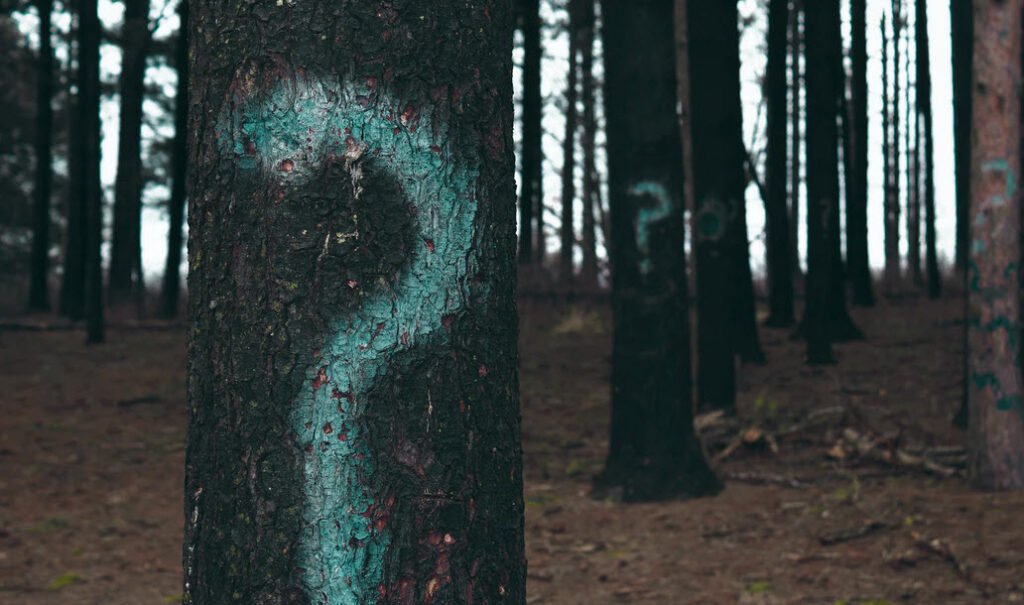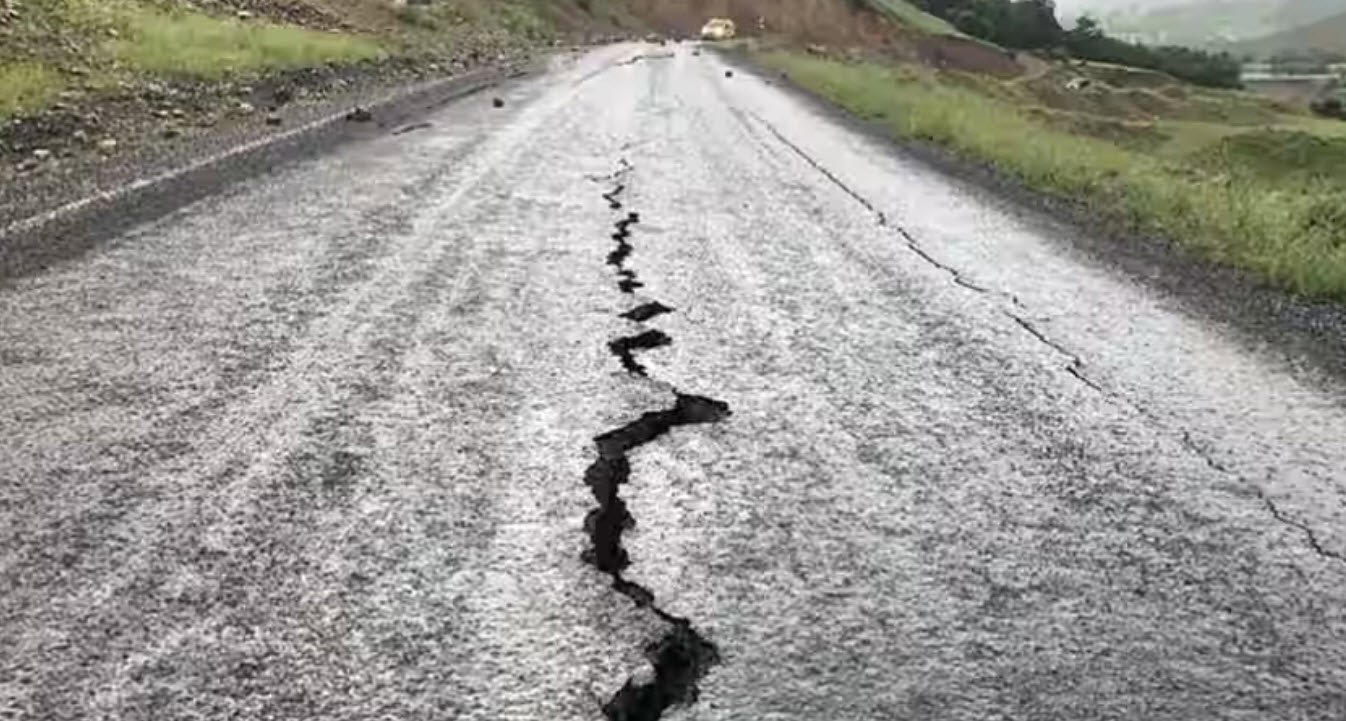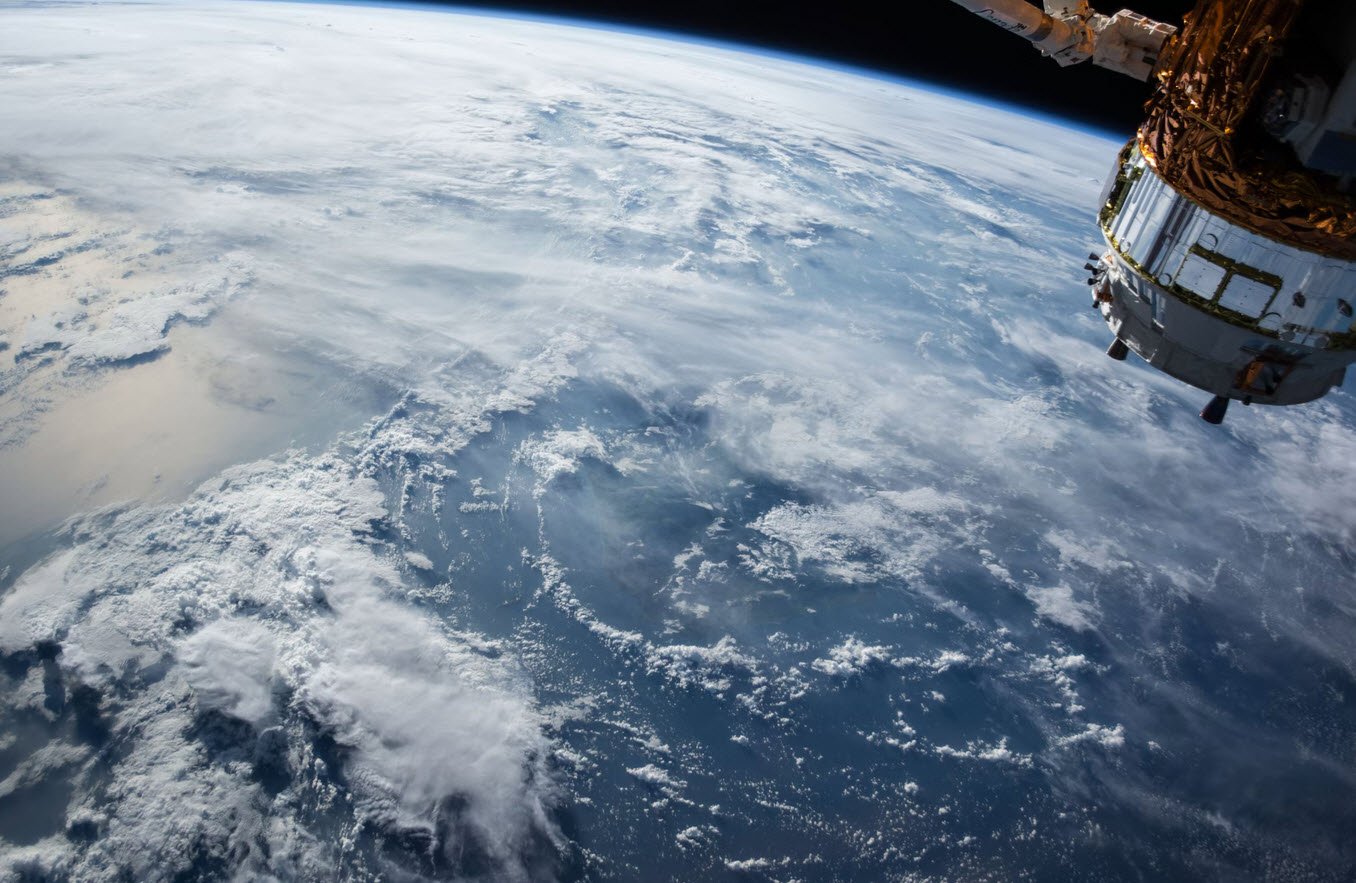
Again, the levels of pollution set off all the alarms across the country and the controversy is triggered. Televisions, radios, newspapers and social networks erupt in a debate about how we deal with environmental pollution, what are its costs and who should bear them.
In the context of the COVID-19 pandemic, We (Edu Hyme) held a list of top questions and answers to discuss known and emerging issues about environmental pollution.
- What is Global Warming?
- Because of the Global Warming, what will be the effect on Climate?
- What is Green House Effect?
- What are the main Green House Gases?
- What is Ozone?
- What is the use of Ozone Layer to Man?
- What kind of Substances are Chlorofluorocarbons?
- How do Chlorofluorocarbons destroy the Ozone Layer?
- What is Ozone Hole?
- What is Bio Diversity?
- What is Ecology?
- What is an Eco System?
- What is Hydrosphere?
- What is Biosphere?
- Name major Gases, Pollutants, Spewed in the air by the industries.
- How is Carbon monoxide being spewed into the atmosphere by man?
- How is Carbon monoxide harmful to man?
- What is a pollutant?
- What is environmental pollution?
- Name the various parts (layers) of the earth.
- What is lithosphere?
- What is atmosphere?
- Name the main layers (parts) of the atmosphere, and mention their heights.
- What are PAN and PBN?
- What is asbestosis?
- What is Montreal protocol?
- What is a biodegradable substance?
- Name some important chemical pollutants.
- What is BOD?
- How is purity of water related with its BOD?
- How is water responsible for spreading malaria/filaria?
- What is rain water harvesting?
- What is acid rain?
- What are various categories of pesticides?
This set of Environmental Pollution Questions & Answers focuses on Global Warming. Let’s explain in detail:
1. What is Global Warming?
Heating up of the earth’s atmosphere by greenhouse gases is known as global warming.
2. Because of the Global Warming, what will be the effect on Climate?
In temperature regions, the summers will become longer and hotter and winters warmer and shorter. Also the northern latitudes and mountains shall become warmer. The effects have already begun.
3. What is Green House Effect?
The warming up of the earth’s atmosphere because of the blanketing effect of some gases in the atmosphere due to which heat radiations let off by the earth are trapped, is called GH effect.
4. What are the main Green House Gases?
Carbon dioxide (CO2) methane (CH4), nitrous oxide (N2O), Chlorofluorocarbons and water vapour.
5. What is Ozone?
Ozone is a gas, which is an allotropic form of oxygen. Molecules of oxygen are diatomic (O2) while those of ozone triatomic (O3).
6. What is the use of Ozone Layer to Man?
Ozone layer is not only useful to man but to all biota (living beings). It absorbs the ultraviolet rays coming from the sun, which otherwise would reach the earth and cause much harm to living beings.
7. What kind of Substances are Chlorofluorocarbons?
They are synthetic chemicals, which contain carbon, fluorine and chlorine. These are inert, non-toxic, light, stable and insoluble in water.
8. How do Chlorofluorocarbons destroy the Ozone Layer?
Molecules of chlorofluorocarbons, after being released into the atmosphere (through various activities like leakage from the fridges, air conditioners, and scent sprays) being very light reach the upper layer i.e. the stratosphere and here these chlorine atoms react with ozone molecules and decompose them. In this process chlorine atoms themselves are not destroyed but are released again and react further. Thus in a chain reaction one molecule of chlorine destroys about 1 lakh molecules of ozone.
9. What is Ozone Hole?
In 1979 a stratospheric ozone hole was discovered over the Antarctica. This ozone hole was discovered over the Antarctica. This ozone hole phenomenon means depletion of ozone concentration (by about 30-40%). This happens mostly in springtime, (October-November). In 1985 this reduction in the concentration of ozone is the ozone layer was about 50%.
10. What is Bio Diversity?
Biodiversity is the richness of life forms belonging to plants, animals and micro-organisms.
11. What is Ecology?
The scientific study of the relationship of living organisms with each other and with their surroundings is called ecology.
12. What is an Eco System?
A group of organisms interacting among themselves and with the environment is known as ecosystem.
13. What is Hydrosphere?
Water present in various forms on the surface or beneath the surface of the earth is called hydrosphere. These forms include oceans and seas, lakes, glaciers and snow on mountains, rivers and streams, springs and ground water, moisture in the atmosphere and ice caps at the poles.
14. What is Biosphere?
Life on earth is confined to a very thin layer (about 14 km in thickness) on the surface of the earth, involving a part of the lithosphere, hydrosphere and atmosphere which is called biosphere. This biosphere extends a few meters deep into the ground, (some bacteria are found even upto a depth of about 2 km), a few kilometers below the surface of the earth in oceans, lakes and other water bodies and 5-7 km up in the atmosphere.
15. Name major Gases, Pollutants, Spewed in the air by the industries.
These are carbon dioxide (CO2) carbon monoxide (CO), Sulphur dioxide (SO2) hydrogen sulphide (H2S) and oxides of nitrogen (NO, NO2, NOx in general) and volatile organic carbon (VOC).
16. How is Carbon monoxide being spewed into the atmosphere by man?
Carbon monoxide is generated due to incomplete combustion of fuels (wood, coal and petroleum based products like petrol, diesel kerosene, furnace oil etc.) and incineration of waste products.
17. How is Carbon monoxide harmful to man?
Carbon monoxide when inhaled passes through the lungs making carboxy-haemoglobin, a 250 times more stable complex, that oxygen make with it. This retards of transport of oxygen from lungs to cells.
18. What is a pollutant?
A pollutant is a harmful substance, that is present in such concentration in the environment, that it becomes injurious for the living biota or the object in question.
19. What is environmental pollution?
Environmental pollution is the unfavorable alteration of our environment, largely because of human activities so that it becomes harmful. Pollution is an undesirable change in physical, chemical or biological characteristics of water, air and soil that many harmfully affect human, animal and plant life, industrial progress, cultural heritage and living conditions. Environmental pollution also covers social, economical and psychological factors.
20. Name the various parts (layers) of the earth.
The earth consists of 3 main layers crust, mantle and core.
- Crust – Crust is about 32 km thick under land and about 10 km thick under the oceans. It consists of rocks like limestone and sandstone.
- Mantle – Mantle extends to a depth of about 290km and is composed mainly of silicate rocks.
- Core – The core has a radius of about 3500km, and is made up of nickel and iron. The innermost part of the core is solid while outer part is molten.
21. What is lithosphere?
Solid crust of rocks on the surface of the earth, on which we live in called lithosphere. It consists of the crust and the upper part of the mantle. Earthquakes originate from this portion.
22. What is atmosphere?
Earth because of its gravity, has an envelope of gases and dust particles, surrounding it, which is called its atmosphere.
23. Name the main layers (parts) of the atmosphere, and mention their heights.
- Troposphere – (Height 0-12)
- Tropopause – (Height 12-20)
- Stratosphere (Height 20-48)
- Mesosphere (Height 48-96)
- Thermosphere (Height 48-96)
- Exosphere (Height >560)
24. What are PAN and PBN?
Peroxacetyl Nitrate (PAN) and Peroxybenzoyl Nitrate (PBN) are important harmful components of the photo-chemical smog.
25. What is asbestosis?
In asbestos factories, workers are constantly exposed to asbestos fibres, which get deposited in the lungs and over a period of 5-10 years the deposited fibres cause a variety of diseases of the lungs collectively known as asbestosis.
26. What is Montreal protocol?
In 1987, an agreement was signed by 24 nations in Montreal, which is known as Montreal Protocol. According to this protocol and its modification in 1990, developed nations were to stop the production of CFCs by 1996 and developing countries like India in a phased manner by 2010.
27. What is a biodegradable substance?
A biodegradable substance is that which is readily decomposed by micro-organisms i.e. through natural processes and the products are not harmful to the environment, but become useful and part of the ecosystem e.g. a dead animal.
28. Name some important chemical pollutants.
Chemical pollutants as coming from industries, institutes and agricultural practices are of different nature. They include detergents, solvents, cyanides, heavy metals, acids, dyes, ammonia and a long list of biocidal organic compounds.
29. What is BOD?
BOD stands for biological oxygen demand. It is the amount of oxygen used up (in mg/L) during oxidation of impurities present in water by micro-organisms.
30. How is purity of water related with its BOD?
Pure water has BOD = 1 ppm, fairly pure water = 3 ppm and of doubtful purity has > 5 ppm.
31. How is water responsible for spreading malaria/filaria?
Some diseases like malaria/filaria are spread by mosquitoes who carry the parasites of these diseases. They breed in water or near water and thus help spread these diseases. Thius dirty water collected in drains, ponds, pools and puddles causes the spread of these diseases.
32. What is rain water harvesting?
It is a technique of increasing the recharge of ground water by collecting and storing the rain water in structures such as dug wells, percolation pits and check dams etc.
33. What is acid rain?
The term acid rain was first used by Robert Angus in 1872. Acid rain means the presence of excessive acidity that normal in rain.
34. What are various categories of pesticides?
- Insecticides – Kill insects
- Larvicides – Kill larvae of insects
- Fungicides – Destroy fungus that grow on plants and sometimes on animals
- Herbicides – Kill weed (plants)
- Disinfectants – Kill micro organisms found on surfaces
- Rodenticides – Kill rodents
- 5 Different Earthquake Zones in India
- Unveiling Earth – A Tapestry of Numbers and Facts
- List of International Organizations & Their Member Countries
- List of Important Banking Abbreviations
- Reserve Bank of India: A Historical Overview
- Understanding Key Banking Acts – A Brief Overview
- Unveiling the Vibrant World of Country Flags – 254 Countries Flags Images
- [GK India] Top 35 Awards Related Multiple Choice Questions
- Major Cities Situated on the Banks of Rivers
- State-Wise Important Mountain Passes in India








